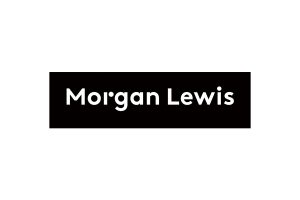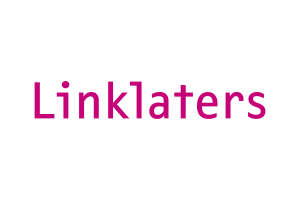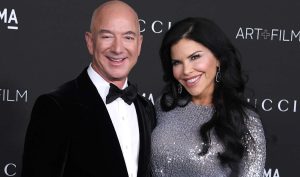Cleeng, the leader in video e-commerce solutions for broadcasters, announces a Series B funding round of €5 Million to drive product development and growth in key markets. With the new funding, Cleeng will up its sales and marketing efforts, broaden its partner network and further invest in research and development. The funding round is led by Dutch venture capitalist firm Walvis, joined by current investors C4 Ventures. Walvis, founded by the J.A. Fentener van Vlissingen family, helps Dutch technology companies scale internationally.
The additional funding strengthens Cleeng’s leading position in the Direct-to-Consumer video industry. Global broadcaster networks including Foxtel, Sinclair Broadcast Group, Sky News, and media brands like Feld Entertainment, Cyberobics/McFit use the company’s flexible and scalable solutions to sell and secure their premium video content. With the advanced analytic capabilities, broadcasters have a 360˚ view of the end-user journey, along with powerful analytics that enables more precise data-driven business decisions.
Interview with Magnus Svensson at Eyevinn Technology
Please tell me about your involvement in the deal?
I performed the technical due diligence for the Walvis funding of Cleeng. I have a long background within the Media industry and have been involved in several media acquisitions during the last years. My involvement during these has varied from driving the technical due diligence to providing technical advice. Together with the rest of my colleagues at Eyevinn Technology we cover all competences needed for such assignments.
I performed an in-depth assessment about the quality and functionality of the Cleeng software stack. Areas addressed was the technical architecture, product/solution robustness, scalability, uniqueness as well as identifying weaker spots and suggested improvements. Technical roadmap, strength of the development team and development methodology, was also assessed.
You state that when doing acquisitions or investments it’s important to get an independent view of the solution, architecture and organisation efficiency; how do you achieve this? Can you share your step by step process?
At Eyevinn Technology we follow a well-developed process when performing a technical due diligence. In short, we use the following approach:
- Offsite preparation, analysis and research.
- On-site workshops at the company targeted for the technical due diligence, so they are carefully prepared for most effective utilisation of the company’s key personnel.
- Report, analyse and devise recommendations.
The outcome will result in a report, including a one-page executive summary, where we have assessed the following areas:
- Functionality, quality, product robustness and technical architecture
- Development methodology, deployment process and development team
- Code structure incl. 3PP, open source and freeware
- Build, test and deployment tools
- Technical roadmap and its uniqueness
- Pros, cons and risks
The workshop and report are not only valuable to the investment company, it will also provide valuable feedback to the target company.
What common challenges can crop up when performing due diligence, and how do you go about solving this?
Common challenges when performing due diligence is usually availability of required information and access to key personnel at the company. A technical due diligence is time-consuming for all involved parties and the key is to make this as efficient as possible. To solve this, we always follow a predefined agenda that is shared in advance, and I also send all topics and questions in advance of the on-site workshop. This allows for all involved to prepare and utilize the time spent in the best way.




















